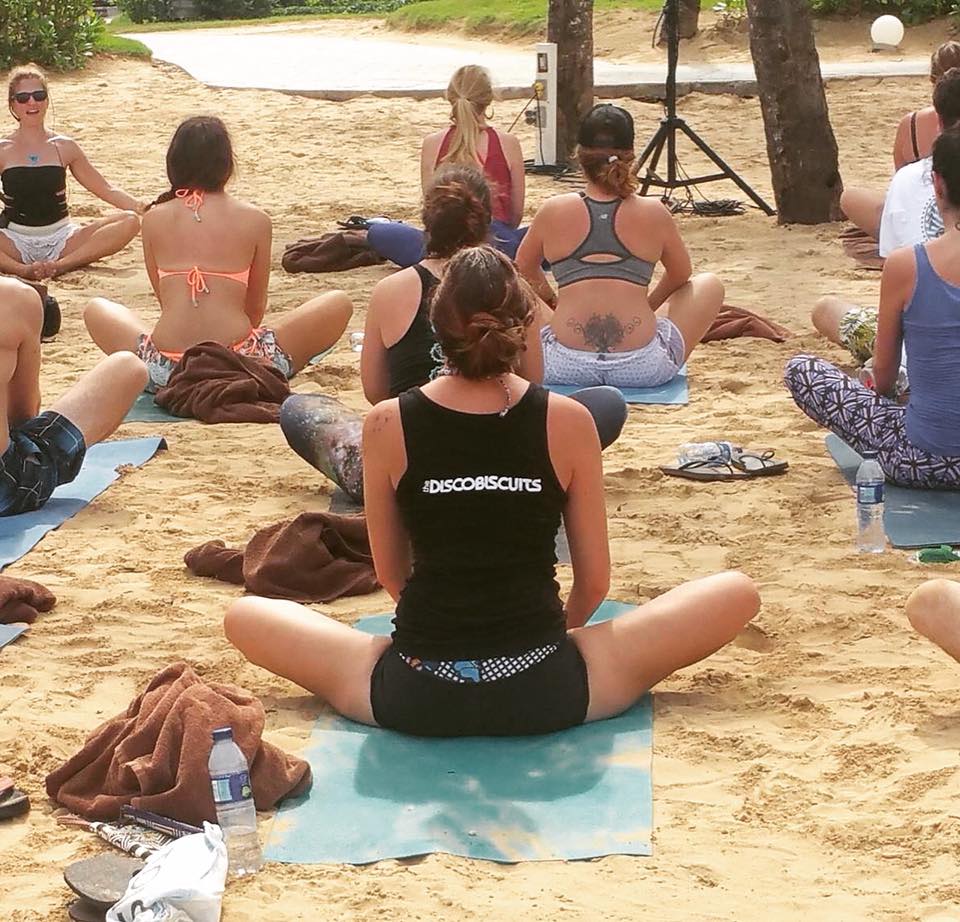What an incredible time to be alive! These uncertain times. I never would have thought it would be an infectious disease outbreak which would compel me to return to my blog.
But here we are.
By now you have likely felt the effects of the current situation due to Coronavirus. People are reacting in a variety of ways. This is not a post about that. But these reactions did inspire me to write this blog post, as these are all reactions of the nervous system.
Taming the Nervous System with Yoga
When faced with uncertainty, we often experience that “Fight, Flight… or Freeze ” feeling. This is when we feel scared, angry, the desire to run away, or inability to react at all. An analogy often used is when you suddenly cross paths with a tiger (okay, I live in Colorado, so maybe imagine a cougar, bear, coyote, or snake). Your heart beats rapidly, breath is fast and heavy, heat builds within us. It’s that feeling of adrenaline when faced with a danger. Maybe we Fight, maybe we Flee, maybe we Freeze.This is our sympathetic nervous system activating.
The sympathetic nervous system (SNS) is a natural function. We need it to arouse when there is a danger threatening our well being as it plays a key role in allowing us to find safety. The problem arises when we cannot turn it back down from hyper-arousal. Symptoms of hyper-arousal are anxiety, panic, agitation, overwhelm, and hyper-vigilance. Consequences are among other things, heightened levels of cortisol and chronic stress.
Opposite to the sympathetic nervous system is the parasympathetic nervous system (PSNS). This is your “Rest and Digest” or “Feed and Breed” system. This is when you feel calm, collected, relaxed. It’s that amazing feeling of happiness, peace, and bliss after your favorite yoga class. We teachers call this “yoga brain”. You know, when you leave without your keys, or walk out of the studio forgetting to put your shoes back on. Of course we can’t stay in this heightened parasympathetic state either or else we’d all forget to take care of ourselves and do anything other than yoga!

The Parasympathetic and Sympathetic nervous systems are two branches of the autonomic nervous system. We can represent how this works by imagining a seesaw on a playground. The Autonomic system is the seesaw as a whole with the Sympathetic on one end and the Parasympathetic on the other. As it pivots up and down this represents how the PSNS and SNS arouse at different times, neither existing without the other. When both sides fluidly seesaw back and forth at a relatively stable equilibrium they are in balance. Both systems work together for various functions of the body. One example being, birth. The sympathetic system plays a vital role in initiating labor and triggering the baby’s own autonomic system to work when they are outside the womb. Yet, to birth a baby a woman also has to stay relatively calm (parasympathetic) in order to allow the baby to ease out.
Our bodies desire to be in balance. Biologically this is called homeostasis. Regulation of the nervous system is when we can easily bring ourselves back into homeostasis. When our sympathetic nervous system is activated due to stressors like a tiger or challenging situation like we are in right now, a healthy system will be able to return to homeostasis with ease. Yet, sometimes stressors are so great that our system needs extra support to get there.
Yoga is a practice which helps regulate the nervous system. Yoga trains our mind and body to find a healthy balance within our nervous system, or in other words to help our bodies find homeostasis. Our modern daily life is often full of things which arouse our sympathetic system (fight, flight, or flee). This is why we must have ways to help regulate the system through activation of our parasympathetic system. To “See the Saw” back into balance. Yoga is AMAZING for this.
Yoga practices are designed to stimulate our autonomic nervous system in various ways depending upon the need and style of class. All yoga practices include movements and pranayama breathing practices to trigger both sympathetic and parasympathetic systems. The ratio of stimulation depends on the type of practice. The stimulation of systems is a bit of back and forth or BOTH systems at the same time. This is how we train our brain and body to improve our ability to find balance or homeostasis more quickly and WHEN we desire to find it, or in other words to find EASE.
So HOW do we practice yoga to activate our parasympathetic nervous system? Learn simple practices in my next post!
Taming the Nervous System With Yoga part 2 of 2 (Read it here)


Comments are closed.